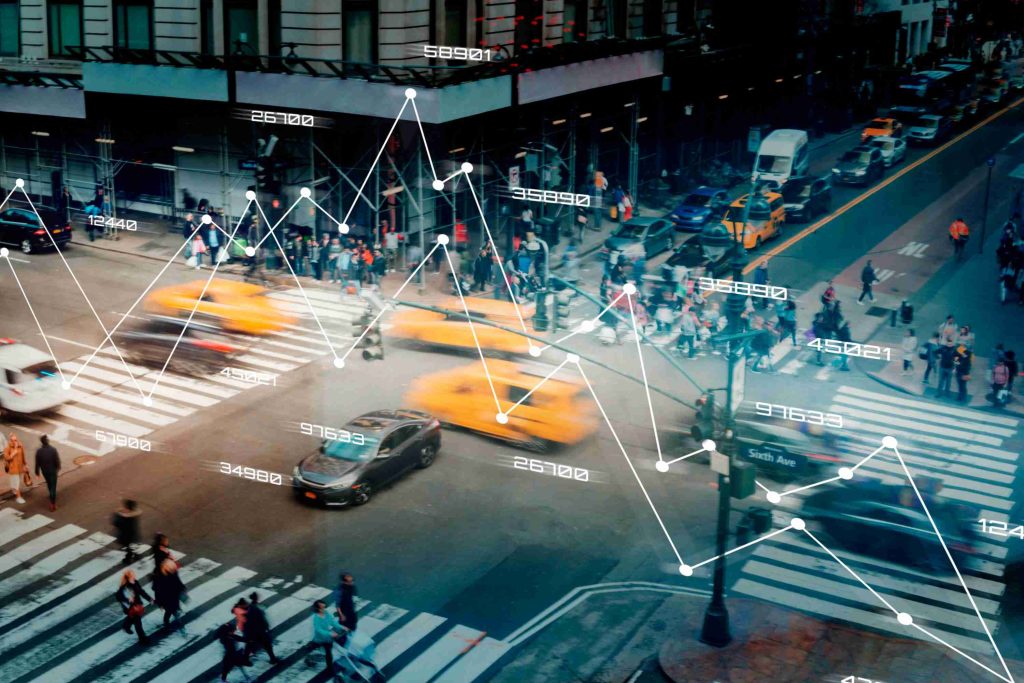The Rise of Adaptive Environments
In both our homes and the places we shop, human-machine interaction (HMI) is undergoing a transformation. What were once static screens and one-way controls are now becoming intelligent, interactive systems. Thanks to advances in edge AI computing and modern display technologies, machines no longer just respond—they anticipate, guide, and adapt.
These interactions are no longer limited to mobile phones or computers. Today, everyday environments—from bathroom mirrors to grocery shelves—are becoming part of a connected interface that responds to touch, sight, motion, and even emotion.
Personalized Shopping Through Edge AI
Retailers are leading the charge by adopting technology that bridges the physical and digital worlds. Picture walking into a boutique: as you approach a shelf, a display screen greets you by recommending a style based on age and gender—without identifying you personally. Edge AI boards such as the Rockchip RK3588 enable this by locally analyzing basic visual cues.
These AI processors operate independently of the cloud, preserving customer privacy and providing instant responsiveness. Paired with vivid OLED or TFT screens, they deliver dynamic visual content tailored to shopper preferences.
The result? Interactive signage that shifts in real time, smart mirrors that offer outfit recommendations, and shelf displays that adjust promotions based on crowd density or weather.

Smarter Homes Built for Interaction
At home, HMI is becoming even more intuitive. Appliances are no longer “dumb” devices with buttons and timers—they’re intelligent companions. A smart fridge, for example, can detect when items are running low using embedded sensors and AI modules. It then recommends recipes or suggests shopping lists directly on a display panel built into the door.
Smart kitchen devices are also learning to anticipate user needs. Ovens scan barcodes on frozen meals and adjust their cooking times automatically, while screens show real-time cooking progress and tips. Bathroom mirrors with AI-powered cameras assess skin condition, hydration, or even fatigue—and show personalized insights via embedded display modules.
Each of these systems benefits from fast, local processing and responsive screens that work in all lighting conditions—thanks to modern edge processors and energy-efficient displays like TFT and OLED.
Visual Interfaces for the Voice Era
While voice assistants like Alexa and Google Home popularized hands-free control, they’re now integrating visual components to enhance communication. A command like “What’s the weather?” is more powerful when paired with a 7-inch display showing hourly forecasts or storm warnings.
These devices use edge AI to understand commands offline, improving both responsiveness and security. Instead of sending queries to the cloud, they handle language processing locally and instantly display results on built-in TFT LCD panels.
This voice-visual hybrid interaction is also helping households with different languages, hearing impairments, or learning styles.
Gesture and Presence Recognition
Next-generation HMIs are going beyond voice. Devices are now learning to read gestures, detect presence, and adapt behavior accordingly. Think of a thermostat that lights up as you approach or dims its display when you walk away—saving energy and improving user experience.
Edge computing enables real-time gesture recognition and proximity sensing, often without external cameras or cloud computation. When linked with minimalistic display elements, the result is an elegant and seamless interaction—no shouting, no buttons, no menus.
Making Interfaces More Accessible
Perhaps the most profound impact of these technologies is in accessibility. Edge AI devices can detect sign language, read facial expressions, or offer audio cues for the visually impaired. Display modules help by offering enlarged fonts, high contrast visuals, or customizable color modes.
For instance, a cooking assistant might automatically switch to visual instructions when detecting hearing aids on a user. Similarly, smart panels in public buildings can change language settings based on detected user profiles, offering multi-lingual assistance in hospitals or transit hubs.

Offline, Private, and Instant
One of the strongest reasons for integrating edge AI in HMI is the ability to work offline. Privacy-conscious users appreciate that their gestures, speech, or preferences aren’t being recorded or sent away for cloud processing.
Local processors—like those used in smart home hubs and IoT appliances—handle all logic on-device. And with responsive screens like monochrome LCDs or full-color OLEDs, information is shared clearly, but only when needed.
This makes smart environments not just clever, but respectful of personal space.
Energy Efficiency and Durability
As these systems become ubiquitous, energy use and sustainability matter. Edge processors today consume far less power than traditional computing units, and display technologies have followed suit.
Many TFT and OLED screens are now built for low-power operation, adaptive brightness, and rugged deployment. This makes them ideal for always-on devices like smart clocks, thermostats, security panels, and wearable home controllers.
Durability also matters—especially for high-traffic environments like kitchens or storefronts. Water-resistant displays and temperature-tolerant AI units ensure these systems work wherever users interact with them.
Conclusion: Toward Seamless, Human-Centered Design
As we look forward, human-machine interaction will continue to evolve into something almost invisible. Machines will anticipate, interpret, and respond through gestures, visuals, and patterns—without needing a keyboard or app.
Thanks to the union of edge computing and modern displays, technology is finally catching up to human intuition. Our interactions will be guided not by menus or touchpads, but by behavior, voice, and proximity.
It’s not just about smart devices—it’s about smart communication. And in homes and stores alike, the screen in front of us and the chip behind it are working together to make everyday life smoother, safer, and more human.




